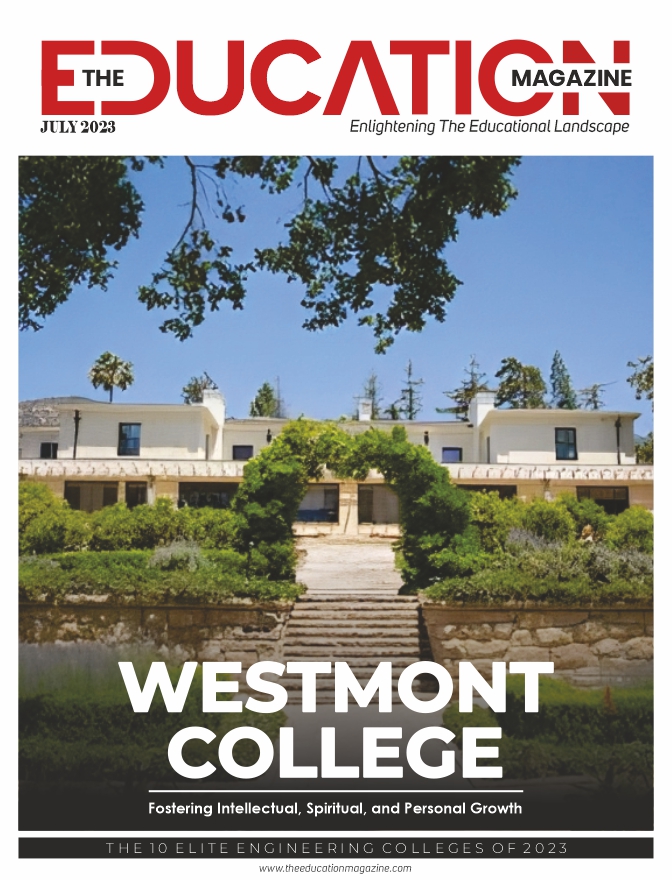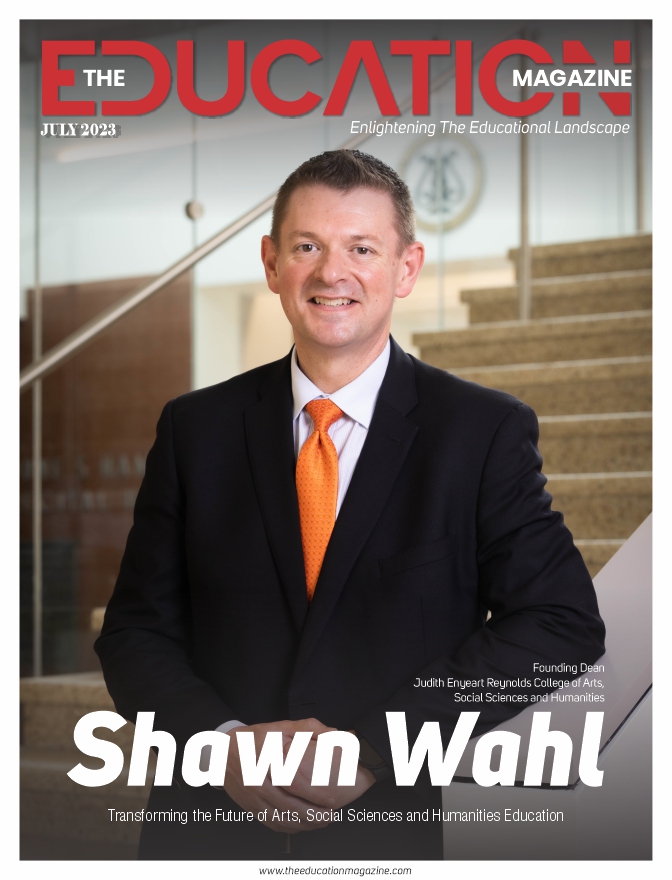The challenges and hurdles exist, but these women marked their success into the map of entrepreneurship
Women are fighting for their rights and making their marks in politics, business, science, sports, arts, and society. Bank of America and Babson College have discussed the findings of a new study of women entrepreneurs and how they overcome world challenges to business growth beyond venture funding. The study as part of larger research collaboration between Babson’s Center for Women’s Entrepreneurial Leadership (CWEL) and Bank of America Private Bank, found that women who have built successful companies/businesses had to face gender-based obstacles and, in doing so, sailed through alternate paths to success. Now, they are proudly flaunting the many other creative facets of their personalities, inspiring many unstoppable female entrepreneurs.
More than 100 female entrepreneurs were invited to a gathering in Boston to witness the findings from the study. The findings are published in a new report, “Beyond the Bucks: Growth Strategies of Successful Women Entrepreneurs”. The report spells insights gathered through in-depth, one-on-one interviews with 30 women business owners. These powerhouse women leaders operate companies generating more than $5 million in annual revenues.
Research underlines business-biased reality
The research found gender-based barriers for women entrepreneurs, such as male dominance, misperceptions regarding market opportunities and access to traditional networks, are challenging. But none of these setbacks stopped these women rather they overcame and achieved success.
In this golden age of globalization, digitization and start-up booms, the world is witnessing a revolution vis-à-vis women entrepreneurs. Women are now breaking the barriers own an estimated 12.3 million businesses that employ 9.2 million people that contribute more than $1.8 trillion business in annual revenues.
Through the collective experiences women entrepreneurs have accumulated, according to this study, three key challenges women faced while taking requisite steps to grow their business:
- Market misperception – In most gender-biased countries, women entrepreneurs’ competence and market knowledge is largely disregarded, including relegated market opportunities.
- Network exclusion – Women entrepreneurs often experience limited, misogynist society, access to established social and business networks, creating less access to knowledgeable mentors and capital expansion to prove their calibre and competence.
- Managing expansion while underfunded – To procure finance are what most women entrepreneurs seek, especially from rural and semi-urban lands. Ongoing challenges including constraints capital for recruitment, access to new markets and overall expansion.
Women turning challenges into opportunities
Through this research, Boston identified several actionable strategies women entrepreneurs are mastering to turn challenges they face into opportunities and grow their businesses. These brave steps include building on their skills and strengths and leveraging their personal insights for sustainable growth.
To tackle the barriers and maintain credible business financially and socially, women-owned businesses focus on the gender gap in venture funding. The groundbreaking study unveils strategies women-led companies have adapted for the growth phase, enabling other entrepreneurs to accelerate their business growth, including:
- Explore various capital alternatives.
- Build for the long term.
- Develop a sustainable and talented workforce.
- Buy from and fund women-owned businesses.
- Be a mentor, seek a mentor.
- Join or create new networks.
- Capitalize on personal insights and experiences.
Bank of America empowers women economically through programs such as the Troy Burch Foundation Capital Program, Global Ambassadors Program and Vital Voices, encouraging thousands of women entrepreneurs and committing more than $100 million in affordable loans and other resources. Not only that, the company spends more than $2 billion annually with minorities through its supplier diversity program.













